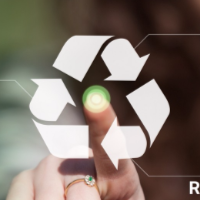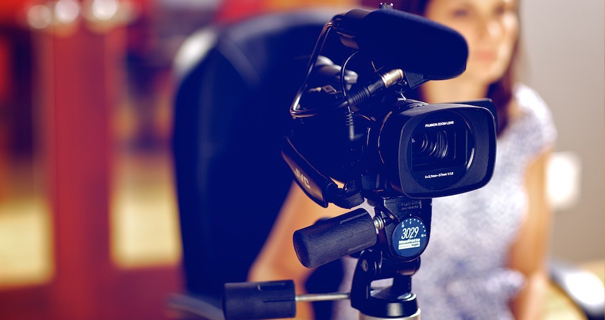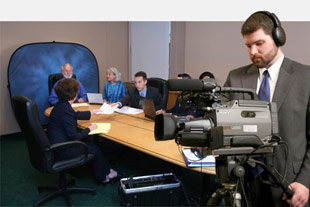Just How Lawful Videography Can Strengthen Your Legal Technique
In the evolving landscape of lawful method, the combination of lawful videography arises as a significant device that can improve a legal approach. As we discover the nuances of this technique, the concern occurs: how can lawful videography redefine the way instances are provided and perceived in the court room?
Benefits of Lawful Videography

Legal videography uses significant benefits in the lawsuits process, improving the total efficiency of lawful strategy. One of the key benefits is the capability to develop an aesthetic document of proceedings, which acts as an effective device for presenting proof in court. This aesthetic documentation can catch subtleties that could be neglected in composed records, providing a much more thorough understanding of the case.
Additionally, legal videography promotes the conservation of witness statements and depositions, guaranteeing that essential testimonies are maintained in their original context. This is especially useful in instances where witnesses might become unavailable due to unanticipated scenarios, as it safeguards the honesty of their declarations.
In addition, making use of top quality video can substantially enhance the interaction of courts and judges. Visual elements frequently resonate better than text alone, making it easier for lawyers to share intricate debates and stories.
Moreover, videography can help in the advancement of case method, allowing lawyers to assess taped materials and refine their methods. Inevitably, these advantages underscore the integral duty that lawful videography plays in modern-day lawsuits, maximizing outcomes and boosting the effectiveness of legal procedures.
Enhancing Witness Testimonies
Recording witness testimonies on video clip not only maintains the authenticity of their accounts however also boosts the impact of their declarations throughout legal procedures. Video documents allows jurors and judges to view the nuances of a witness's behavior, body movement, and emotional expressions, which can be vital in assessing trustworthiness and reliability.
Moreover, the visual aspect of videography can develop a more appealing narrative, allowing the jury to link with the testimony on a personal degree. This connection can dramatically influence their understanding and retention of the details provided.
Lawful videography also offers to minimize the potential for false impression or miscommunication that can accompany created transcripts alone. By offering a clear and straight representation of the witness's account, it reduces uncertainty and makes certain that the testimony is communicated as meant.

Catching Depositions Effectively
Reliable deposition capturing is an essential element of the lawsuits process, enhancing the improved witness additional resources testimonies discussed previously. The primary objective of catching depositions is to create a precise and reliable record that can be utilized throughout the lawful proceedings. To accomplish this, lawful videographers should use premium tools and techniques that make sure clearness in both sound and aesthetic components.
A well-executed deposition calls for careful planning and control. The videographer should show up very early to establish up equipment, check illumination, and examination sound levels. This preparation lessens disruptions and allows the deposition to proceed smoothly. look at these guys In addition, picking a suitable backdrop and making certain that all individuals are framed correctly can improve the professionalism of the recording.
During the deposition, it is essential to maintain a neutral behavior, enabling witnesses to reveal their statements without interference - legal videography. Catching non-verbal cues, such as body language and faces, adds deepness to the videotaped testament, giving very useful context for later evaluation. Inevitably, efficient deposition catching not only strengthens the lawful method however also works as an effective device for providing a compelling story in the court room
Offering Proof in Court
In the courtroom, the discussion of evidence plays a crucial function fit the narrative of a situation. Legal videography improves this process by supplying a dynamic and appealing means of providing essential proof, particularly via depositions and witness testimonies. High-grade video recordings enable jurors to observe not just the material of the statement but likewise the behavior, tone, and body movement of the witnesses. This multi-dimensional method can significantly impact the court's understanding of trustworthiness and integrity.
In addition, the usage of lawful videography ensures that the evidence exists regularly and properly, decreasing the threat of false impression view website that can occur with typical methods. Jurors can review video proof throughout considerations, enabling them to engage even more deeply with the product. Furthermore, lawful videography can help in illustrating intricate circumstances or technological info, making it more available to the court.
Improving Jury Interaction
With the critical use of lawful videography, lawyers can substantially boost jury involvement during trials. Aesthetic narration functions as an effective tool to catch the court's interest and convey complex information in an available manner. By incorporating video clip proof, attorneys can develop an extra immersive experience that resonates with jurors, assisting in better understanding of the situation.
Legal videography can display witness testaments and professional evaluations in an engaging style, allowing jurors to connect mentally with the stories presented. This connection fosters a feeling of participation and investment in the procedures, which can inevitably affect their assumptions and decisions. Additionally, video evidence can streamline intricate information, making it simpler for jurors to keep important information.

Verdict
In conclusion, legal videography works as a vital device in the legal process, improving the total effectiveness of lawful methods. By capturing witness statements and depositions with visual and emotional depth, this medium not only boosts the discussion of evidence but also fosters enhanced court interaction. The capability to evaluate taped materials more aids lawful groups in refining arguments, eventually adding to extra desirable instance results. The assimilation of videography right into legal method is thus both useful and critical.